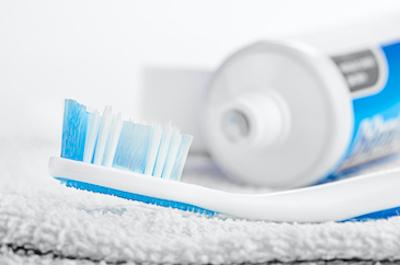 You may have heard about dental plaque, calculus, and tartar in TV ads. These terms also appear in health and dental hygiene books and dental blogs.
You may have heard about dental plaque, calculus, and tartar in TV ads. These terms also appear in health and dental hygiene books and dental blogs.
Do you know the difference between dental plaque and calculus?
In the paragraphs below, we will explain dental plaque and calculus. First, your dentist in Allentown will talk about each and their differences.
What Is Dental Plaque?
Dental plaque is the soft, sticky layer of food debris that accumulates on our teeth immediately after eating or drinking. The formation of plaque is virtually a continuous process. It starts forming the moment you finish cleaning your teeth.
Brushing twice a day and flossing regularly removes most of the plaque. However, the plaque layer thickens if we are not regular and thorough in our oral hygiene. The thick layer turns yellow if allowed to accumulate.
Dental plaque is the source of most dental and periodontal problems. Disease-causing bacteria thrive in the plaque and convert food remnants into acid.
This acid weakens the saliva's protective action and permits enamel erosion. Continued erosion leads to cavities, pain, and other dental problems, which may ultimately lead to tooth loss.
Bacteria in the plaque can also cause early gum disease, starting with inflammation of the gums. Untreated gum disease will ultimately lead to advanced gum disease, bone loss, and even loss of teeth.
It is possible that despite all your efforts, you cannot clean the plaque from your teeth thoroughly. Plaque can remain like spots on the surface or between the teeth, making it difficult for the brush or floss to clean effectively. It can also lodge along the gumline. Complete cleaning of plaque is possible through regular dental exams and professional teeth cleanings every six months.
What Is Dental Calculus?
If you're wondering about tartar vs. calculus, they are the same. Calculus is another word for tartar. If plaque is allowed to accumulate over the teeth, it hardens over time and becomes calculus or tartar. Calculus provides a safe breeding ground for harmful bacteria, which promotes gum and periodontal disease.
Calculus forms between teeth and gums, which will deepen as calculus increases.
Bacteria thrive there, aggravating gum disease to periodontitis and advanced periodontitis. In the ensuing battle, the immune system reacts and attacks the gum flesh and the jaw bone.
The result of untreated advanced periodontal disease is loosening and, ultimately, loss of teeth. It can also impact overall wellness.
Plaque vs. Calculus
Plaque is relatively fresh and soft and can be cleared with routine brushing. Calculus is the more complex form of plaque. Regular cleanings can remove calculus at the gum line at a dentist's office in Allentown, PA.
If calculus is present on the root surfaces, it can only be cleaned by a dental procedure called deep cleaning or scaling and root planing. Deep cleaning involves the removal of calculus from the teeth using ultrasonic scalers and periodontal curettes.
The tip of ultrasonic scalers vibrates at very high frequencies, which helps in plaque and calculus removal. Are you curious about dental topics? Contact our dental office in Allentown if you have further questions or would like to schedule an appointment.





